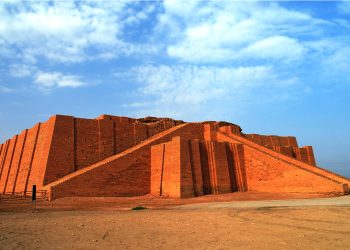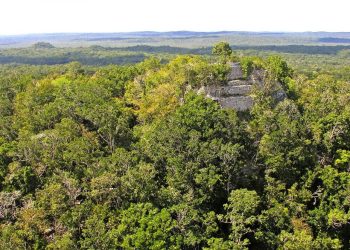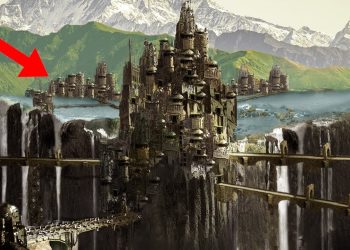For decades, the common narrative in archaeology placed the origins of advanced technology in prehistoric Europe and Africa. As we know by know, and based on what we have learned in the past decade exploring ancient civilizations and the development of cultures, we are aware how little we actually know. Now, new research suggests that the ancient peoples of Island Southeast Asia (ISEA) may have been pioneers in maritime innovation tens of thousands of years ago—long before famous explorers like Magellan and Zheng He ever set sail.
New Evidence Challenges Long-Held Assumptions
A study set to be published in Journal of Archaeological Science: Reports in April 2025 by researchers from Ateneo de Manila University is reshaping our understanding of prehistoric seafaring. Riczar Fuentes and Alfred Pawlik argue that early humans in the region were not mere island-hopping drifters but skilled navigators who mastered boatbuilding and deep-sea fishing at a time when much of ISEA remained isolated from the Asian mainland.
Since no land bridges or ice sheets ever connected these islands to continental Asia, early migration into the region required deliberate and technologically advanced ocean crossings. But how did they do it? The answer may lie in the remnants of tools and marine life found at archaeological sites in the Philippines, Indonesia, and Timor-Leste.
Stone Tools Reveal a Culture of Maritime Expertise
Microscopic analysis of stone tools from sites dating back 40,000 years has uncovered traces of plant fiber processing—an essential step in producing strong ropes for boatbuilding and fishing. These early fibers were likely used to bind wooden planks together and create durable nets, fishing lines, and rigging.
Further supporting this theory, archaeologists have discovered the remains of large open-water fish such as tuna and sharks in sites in Mindoro and Timor-Leste, along with fishing hooks, net weights, and gorges. These findings indicate a deep understanding of ocean currents and fish migration patterns—knowledge that would have been critical for successful seafaring.
“The remains of large predatory pelagic fish in these sites indicate the capacity for advanced seafaring and knowledge of the seasonality and migration routes of those fish species,” the researchers noted in their study.
Prehistoric Mariners and Their Ocean-Crossing Craft
If these early seafarers possessed the skills to construct vessels capable of withstanding long-distance sea travel, they were far more sophisticated than previously thought. Unlike the image of primitive bamboo rafts drifting at the mercy of the waves, the evidence suggests they engineered sturdy, seaworthy boats held together by plant-based rope, allowing them to navigate vast distances.
This research is now being put to the test through the First Long-Distance Open-Sea Watercrafts (FLOW) Project—an initiative spearheaded by Fuentes and Pawlik in collaboration with naval architects from the University of Cebu. Their goal is to reconstruct and test scaled-down models of prehistoric watercraft using the same raw materials available to early seafarers. By doing so, they hope to gain further insights into how ancient maritime technology shaped human migration in the region.
According to the experts, the discoveries in ISEA not only rewrite history but also highlight the ingenuity of the region’s early inhabitants. Their advancements in boatbuilding and ocean navigation may have established ISEA as a technological hub thousands of years before recorded history. The maritime skills honed by these ancient seafarers likely laid the foundation for the enduring boat-building traditions seen across Southeast Asia today.
Join the Conversation!
Have something to share or discuss? Connect with us on Facebook and join like-minded explorers in our Telegram group. For the latest discoveries and insights, make sure to follow us on Google News.











